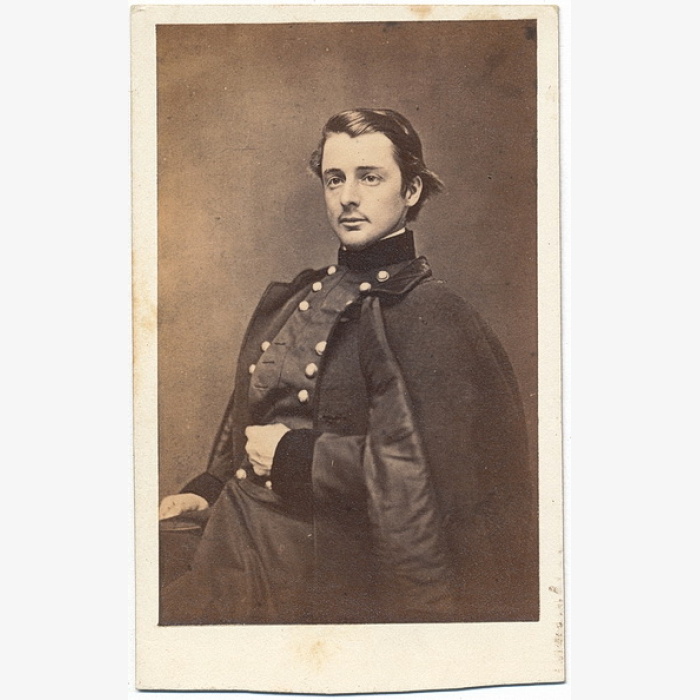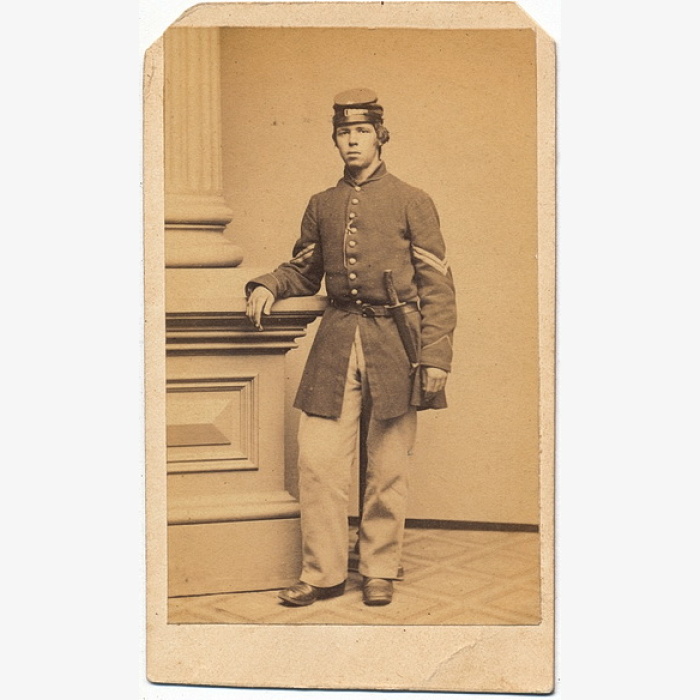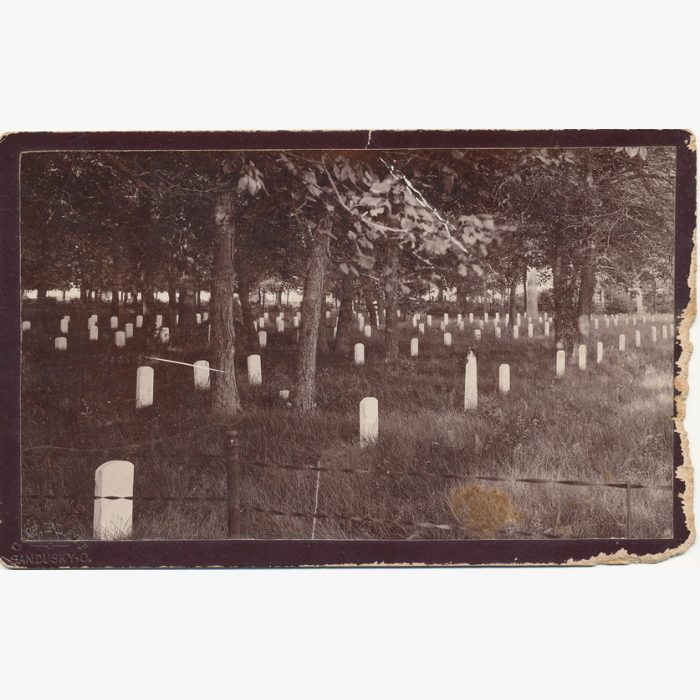Description
Carte view of Confederate General Richard S. Ewell. Born in the District of Columbia, he attended the United States Military Academy, graduating 13th in the Class of 1840. He served in the 1st United States Dragoons earning a brevet Captaincy in the Mexican War. On May 7, 1861, he resigned his commission as a Captain in the United States Army for a Lieutenant Colonelcy in Virginia state forces, later he was promoted to Colonel in the Confederate army, serving in the cavalry. He was promoted to Brigadier General on June 17, 1861, and served with distinction at First Bull Run. Affectionately known by the names “Old Baldy” and “Old Bald Head” by his men, he was promoted to Major General on January 24, 1862, and commanded a division under Major General Thomas J. “Stonewall” Jackson in the Shenandoah Valley Campaign. He fought with distinction again during the Seven Days’ Campaign and at Cedar Mountain before being severely wounded and losing a leg at Groveton, in the beginning of the battle of Second Bull Run. He was fitted with a wooden leg, and returned to duty on May 23, 1863, with the promotion of Lieutenant General and the command of the recently deceased Jackson’s II Corps. At Second Winchester he won a stunning victory and for a moment many thought a second Stonewall had arrived. At Gettysburg he failed to take advantage of the situation by capturing Cemetery Hill after being given discretionary orders by General Robert E. Lee. Unlike Jackson before him, he required exact instructions. He fought at the Wilderness where the same problem developed. At Spotsylvania, he fell from his horse incapacitating him and forcing him to temporarily relinquish command, but Lee made it permanent. He was given command defending Richmond and was captured at Sayler’s Creek on April 6, 1865, during the retreat to Appomattox. He was sent to Fort Warren, Massachusetts, and was released on August 19, 1865. He then retired to a farm near Spring Hill, Tennessee, where seven years later he would die. He is buried in Nashville City Cemetery. This example has an old but faint pencil inscription across the front bottom reading “Gen Ewell”. A second pencil inscription graces the back of the card reading “Gen. R. S. Ewell”. This does have some paper residue stuck to the back from behind glued to some card stock. Back marked by Anthony.





